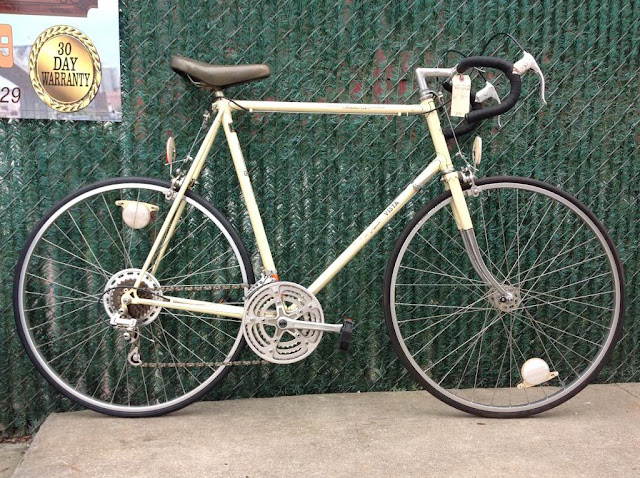When a cyclist ends up under a motor vehicle, do you assume--if only for a moment--that it was some careless driver who was texting, drunk or simply not paying attention?
I admit: I do. Perhaps it's because I've heard and read too many of those stories.
Do you also assume that a single motor vehicle, and driver, was involved? Again, I admit that I do. Reason: See above.
Now, when you hear that two motor vehicles collide, do you picture both of them stopped as a result of the impact? If you answered "yes", welcome to a club that includes me.
Also, if you are like me, you probably don't expect a cyclist to be run down by one of those two vehicles that collided. In fact, I'd never heard of such a case--until today.
| The crash site in Pacoima. |
The other day, in the Pacoima neighborhood of Los Angeles' San Fernando Valley, a 2016 Dodge Ram pickup truck was headed south on Glenoaks Boulevard. It collided with a 2006 Chevrolet pickup truck running eastward on Vaughn Street.
The impact sent both trucks careening southward to an intersection where the Dodge struck a 15-year-old boy who was riding his bike westbound, to school, in the south crosswalk at around 7 am. He was pinned under the truck and after police arrived, Saul Lopez was declared dead at the scene.
 |
| Saul Lopez, from the GoFundMe page for his funeral costs. |
The good news--if there could be said to be any--is that both drivers stopped at the scene and cooperated with police. Neither was arrested. It's not clear which of them had the right of way.
A GoFundMe page created to cover the costs of his funeral has already raised nearly $28,000: about $13,000 more than the goal. If only it weren't necessary!







